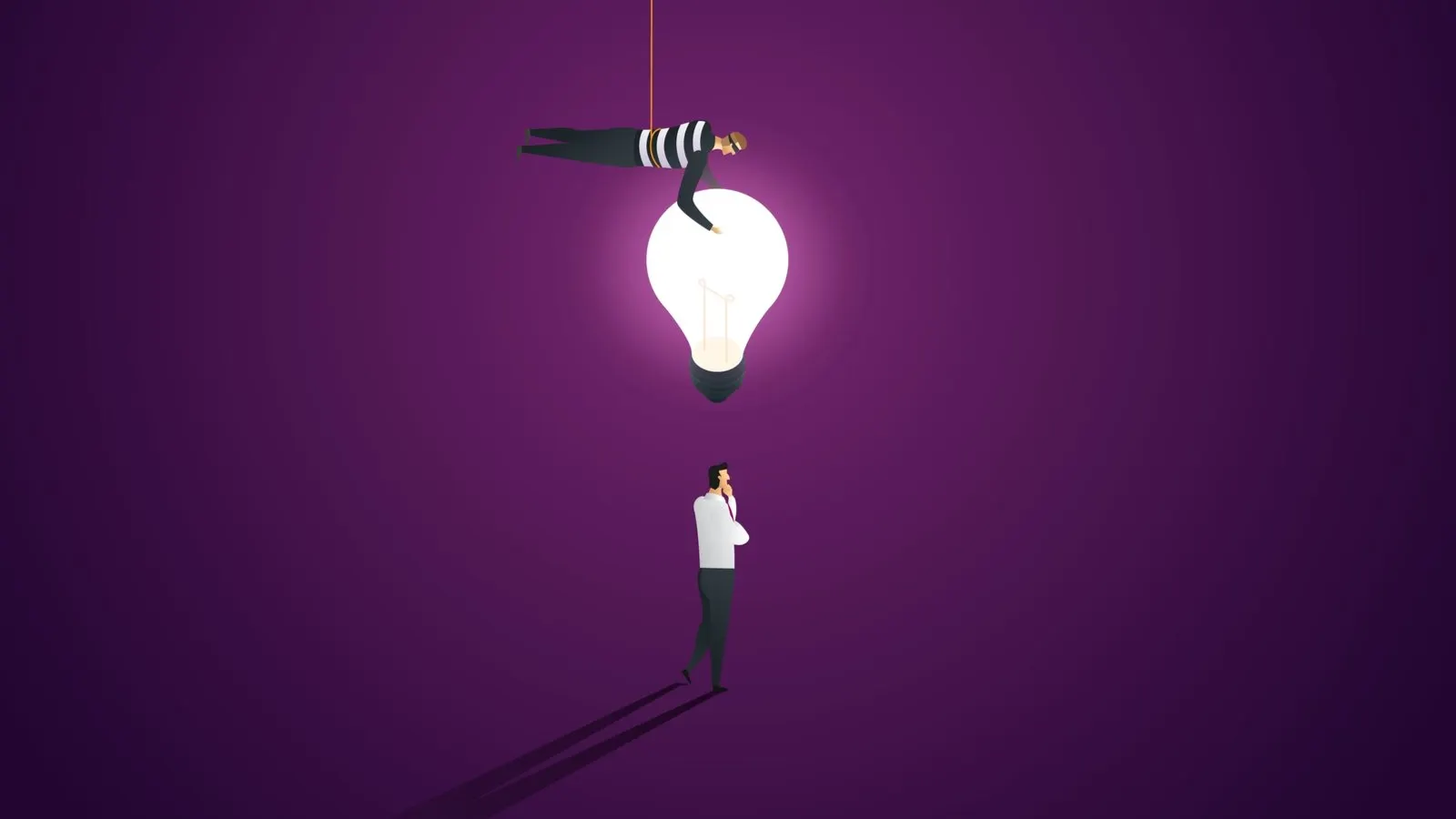People considering forking out for an NFT have to ask themselves a number of questions. Do they like the art they’re buying? Does the project’s purpose align with their beliefs? Do they believe that the investment is a sound one, likely to generate a return for them in the long run?
Another question that prospective investors may not have thought they need to ask, but increasingly have to, is more fundamental: Does the person selling this NFT have the rights to the image?
Copyright and intellectual property theft has blighted the NFT space as it starts to grow, with major reputational risks for the future of the industry. And it’s one that needs to be solved if NFTs are to reach their true potential.
“The intention of a lot of people operating in the NFT space is to get rich,” said Andres Guadamuz, a reader in intellectual property law at the University of Sussex. “I would say that the true artists operating in this space are few and far between.” Guadamuz estimates that 90% of the art on NFTs he sees is derivative or repetitive. “A lot of it is not very good,” he said. And plenty of it is stolen.
The reasons are obvious: Despite a recent small slump in the market, the NFT gold rush is still in full swing, with more demand than there is useful supply. While some are making vast amounts on gig economy platforms by acting as outsourced artists for those looking to profit from collections, paying someone even a pittance is too much for some owners of NFT projects. Instead they choose to steal pre-existing artwork and mint it as an NFT, capitalizing on lax enforcement policies on big platforms such as OpenSea—even though their policy forbids the sale of NFTs using plagiarized content. The site recently admitted that four in five of the NFTs hosted on its platform could be plagiarized, or from fake collections.
DeviantArt is one such place that provides rich pickings for plagiarists. The problem became so bad that the site set up an alert to monitor the blockchain for copies of artwork hosted on its site that it believed could be stolen in late 2021. Since then, more than 90,000 alerts have been sent, the company told The Guardian, with numbers rising exponentially. Big businesses are also seeing their intellectual property infringed, with Nike and Hermès among the firms that have already filed suit to protect assets from being repurposed illegally as NFTs.
Third-party providers are also cropping up to offer whole-industry solutions. On March 31, AI-powered intellectual property protection platform MarqVision released a “first-of-its-kind” stolen NFT tracker, designed to monitor the NFT space for infringing materials and to issue takedown notices.
“The NFT landscape is a new frontier—and right now it’s operating a bit like the Wild West,” Mark Lee, founder and CEO of MarqVision, said in a statement accompanying the launch. “Brands are struggling to balance how to make use of their digital assets for marketing and sales purposes with protecting their intellectual property, as well as saving their customers from unknowingly buying counterfeit NFTs.”
MarqVision’s tracker claims to use “advanced image recognition and semantic analysis,” to spot fakes, with early testing indicating that it could report thousands of copyright-infringing NFTs a week.
NFT watchdogs
But alongside more organized efforts by the likes of DeviantArt and MarqVision, there are ad hoc solutions designed to try and spot and raise awareness of NFTs’ theft problem. The Twitter account @NFTtheft has nearly 20,000 followers, and has become one of the key watchdogs for an industry trying to go legit.
Set up by an artist who initially was going to enter the NFT space but decided to put his project on pause over environmental concerns about the Ethereum blockchain, it's designed to keep the industry he loved honest. “It sort of felt to me like not only was it a mix of all the things that I'm into, which is game design, and music and video and GIFS, and visual art and 2D art, but I was super excited about thinking about it as a new medium, and a new kind of playing field,” he told Decrypt.
If you want to see what one of these scams is like in real time, check out https://t.co/voXwrZXEd7
All of their NFTs were plagiarized from @auguste_lefou, who is not associated with the project. People keep sharing this info in the replies, but quickly get drowned out. pic.twitter.com/Y8wXUxdx3Q— NFT thefts (@NFTtheft) March 25, 2022
But in March 2021, as @NFTtheft (who asked to remain anonymous because of threats he receives from those he outs as scammers) was waiting for Ethereum 2.0 to launch, he began to see the rise of scams and rugpulls in the industry. “I realized if you allow anyone to mint anything and sell it pseudonymously, plagiarism is built into that,” he said. “If your system is built on decentralization as a core building block, there’s just no fixing that problem. It’s just inherent in the fundamentals.”
He started his Twitter account in order to provide a watchdog for the sector, and to give artists the opportunity to talk about their own experiences of plagiarism, in their own words. The account posts four times a day, even though it could post far more. “It’s to have that reminder to people that this isn’t fixed,” he said. “It’s not to editorialize; it’s to be a living document that shows this is how artists are being affected.”
“If you allow anyone to mint anything and sell it pseudonymously, plagiarism is built into that.”
Around half of the stolen artwork highlighted by the account is found through Twitter searches, while the other half is now tweets that @NFTtheft is tagged into by the aggrieved artists or their fans. “We have a very, very small window into the larger problem,” the account’s administrator said. “It’s mostly just from people who self-report on Twitter.”
The administrator of @NFTthefts is far from hopeful that the plagiarism problem can be solved. “The only solution for artists to reduce plagiarism in the NFT space that I can see is if artists stop sharing art at all,” he said. “I can’t think of any technological solution to this: Scammers will always be able to outwit them. They’re too good at finding that weak spot and getting around your filters.”
One meaningful solution may be self-policing, which has been proffered as a solution to the wider reputational risk for NFTs—but even that can’t stop plagiarism entirely.
There is a point where plagiarism can be reduced to a level that's no longer so significant as to be a net negative for the NFT space, but the reality is it’s an issue the sector will have to grapple with in perpetuity. “As long as you have NFTs working the way they are, without overhauling everything—whether it's some sort of centralized server, for instance, or doing massive things— don't see how you can stop,” said @NFTthefts.

